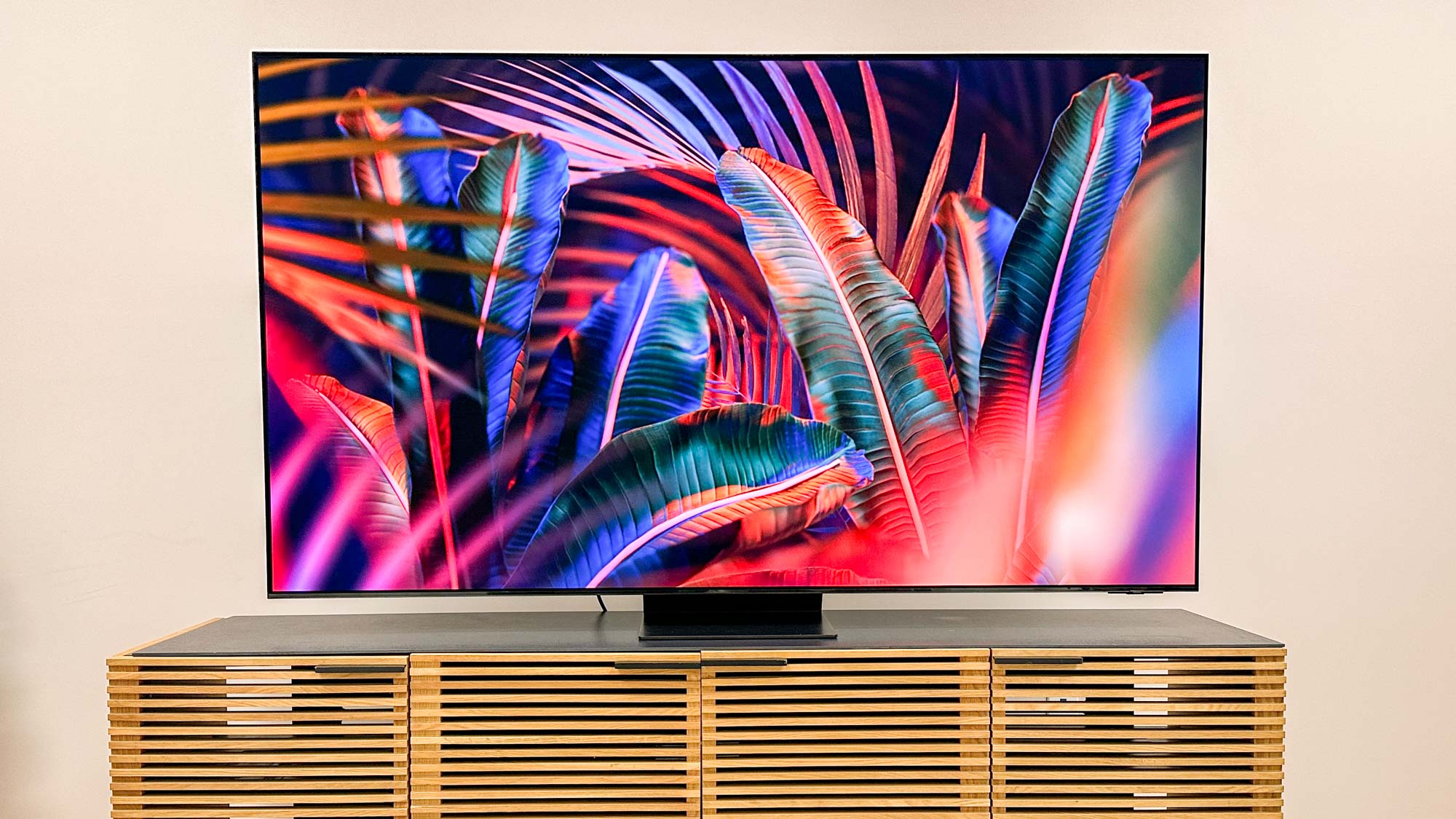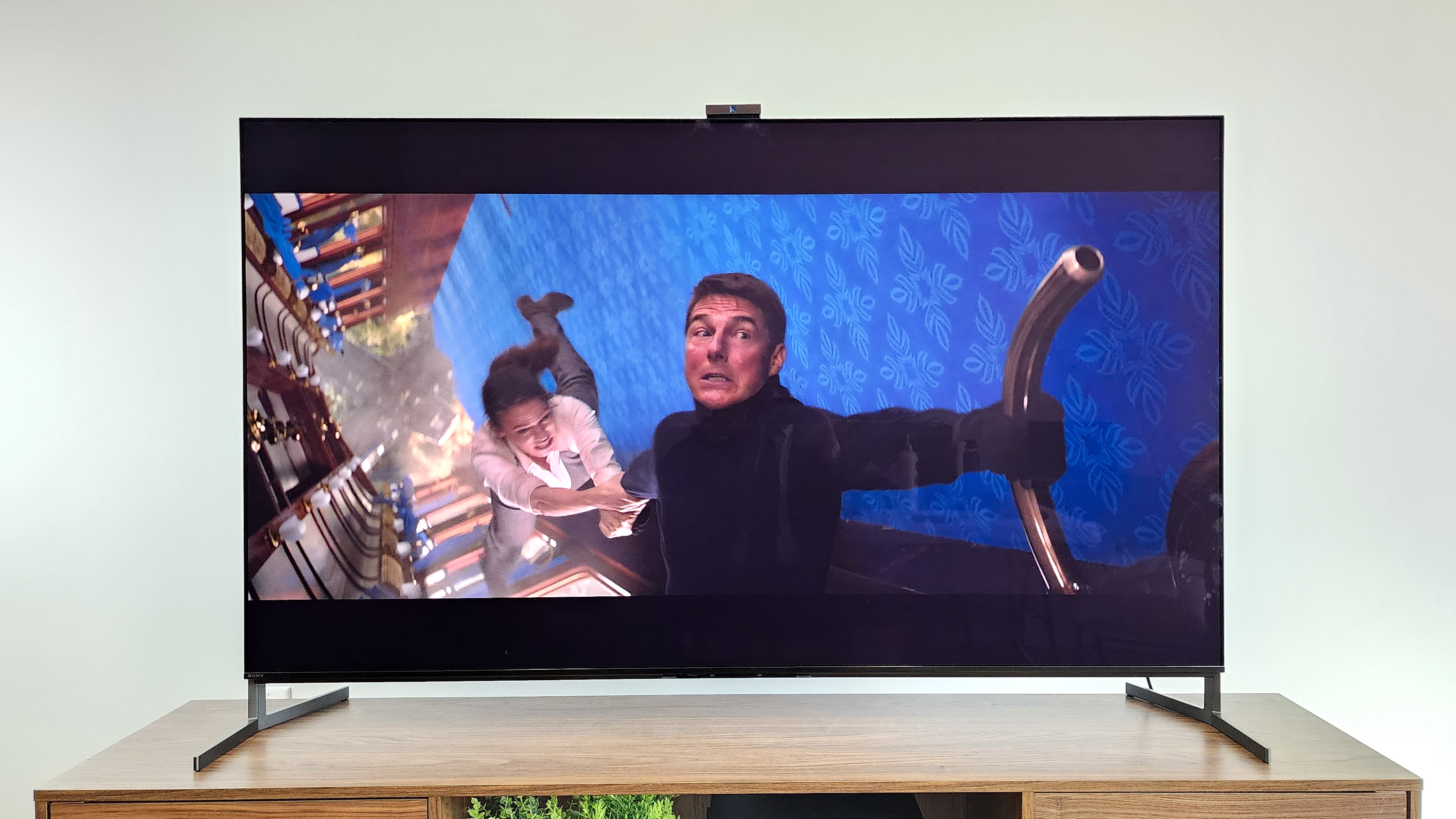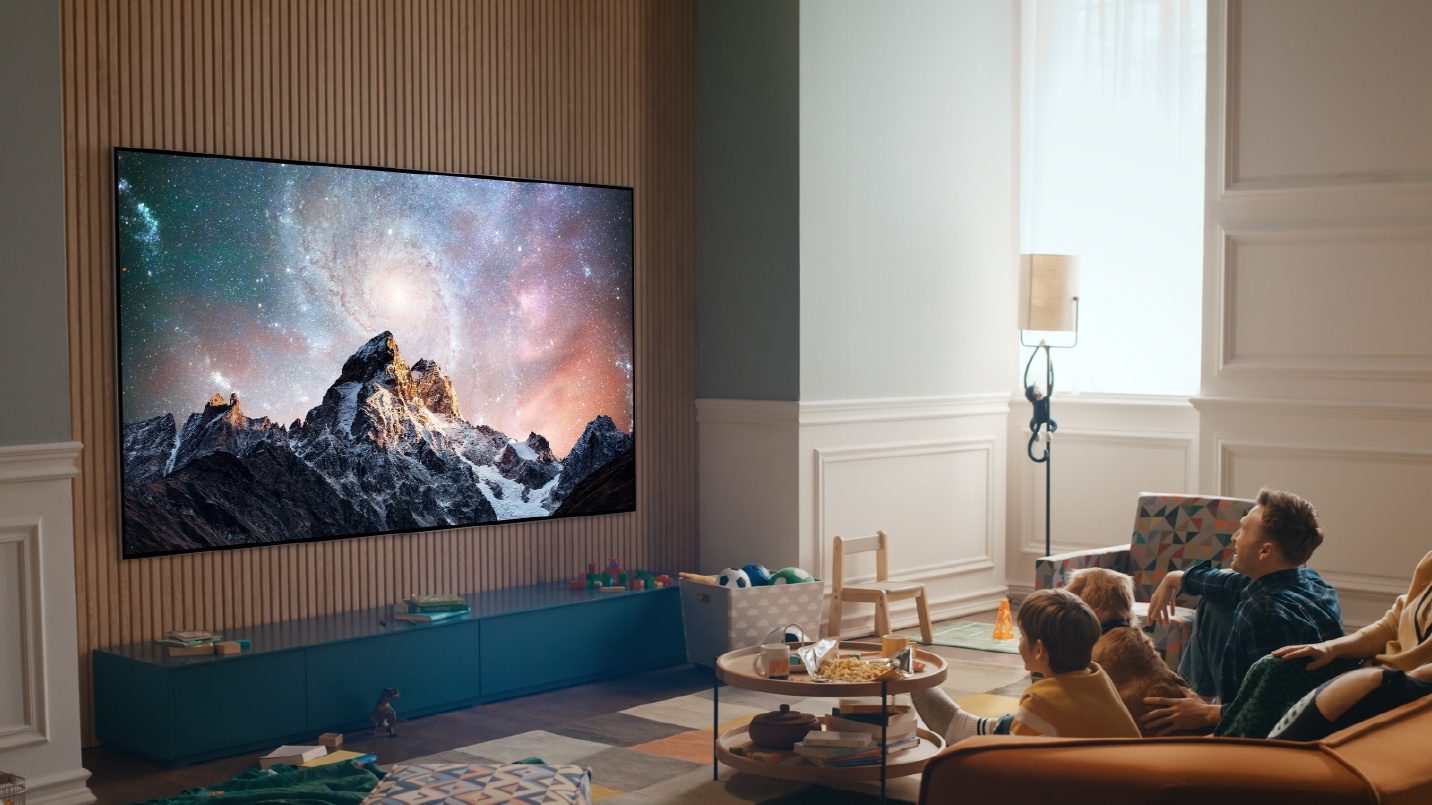
TV tech is shifting rapidly. Just a few years ago, the best OLED TVs were the undisputed top dogs of the best TVs you could buy, but these days, the TV world is abuzz with a new kind of OLED technology — QD-OLED, or Quantum Dot OLED.
QD-OLED is essentially a combination of the best TV technologies we’ve seen so far, and it’s finally rolling out to some of the latest and greatest new TVs, in the form of the likes of the new Sony Bravia A95L, for example.
But what exactly is QD-OLED, and how does it differ from a traditional OLED panel? Here’s what you need to know.
OLED TVs: Pros and cons
OLED technology completely changed display panel technology in general. OLED stands for organic light-emitting diode, and is built with an organic compound that glows when you apply electricity to it — and the more electricity you apply to it, the brighter it glows.

The result of this tech is that each individual pixel in an OLED panel can be individually controlled — which, in particular, has an impact on black-levels. That’s because whenever there’s black in an image, pixels are simply turned off — resulting in a true, deep black that you wouldn’t get on a TV with large backlights.
While there are OLED panels that use different organic compounds to produce different colors, most of today’s OLED panels instead actually only use OLED technology as the TV’s backlight, and shine that white light through a color filter to create different colors. These are called WOLED, or White OLED.
Remember when I said that the more electricity you apply to an OLED pixel, the brighter it gets? That’s technically true, but applying more electricity to an OLED pixel also shortens its lifespan.
But there are limitations to this. Remember when I said that the more electricity you apply to an OLED pixel, the brighter it gets? That’s technically true, but applying more electricity to an OLED pixel also shortens its lifespan.
Not only that, but the color filters that have traditionally been used in OLED panels also eliminate some brightness. This is because of the fact that they essentially just block unwanted light, so light only passes through the desired colors to create whatever color is required for the image.
Between needing to manage a panel’s lifespan and losing some brightness through a color filter, OLED panels typically aren’t as bright as their non-OLED competitors.
QD-OLED: What's different?
QD-OLED TVs change the concept a little. QD-OLED TVs still only use OLED technology as a backlight — however, instead of producing a bright white light as a backlight, they produce a bright blue, then passing that light through a layer of quantum dots. When the image calls for a blue, that backlight is allowed through unchanged. When it calls for a red or a green, the light is passed through a red or green quantum dot sub pixel.
Because of the fact that quantum dots are so efficient, compared to traditional color filters, very little brightness is lost when a pixel is creating red or green light — and they can still create white light by blending all of the subpixels together.
So what, exactly, are the differences besides the backlight?

Color quality: Quantum dot technology is known for producing an array of vibrant colors, and the result is that QD-OLED panels can easily display a wide range of colors than WOLED panels.
The LG G3 OLED TV (one of the best OLED TVs of last year) covered 72.49% of the Rec. 2020 color gamut — while the Sony A95K, one of the best QD-OLED TVs, covered an even wider 89.44%.
In our review of the LG G3 OLED TV (one of the best OLED TVs of last year) we found that it covered 72.49% of the Rec. 2020 color gamut — while the Sony A95K, one of the best QD-OLED TVs, covered an even wider 89.44%. That’s quite a difference, and means that QD-OLED panels should produce much more natural images overall.
Size: Perhaps TV size is only of the only areas where OLED TVs still win. While there are 55-inc, 65-inch, 75-inch, and larger TVs with both technologies, right now, you can’t get QD-OLED TVs smaller than 55 inches.
That’s likely to change as the technology becomes more common, and frankly 55- and 65-inch TVs are the most common anyway. However, if you want anything smaller, like a 42-inch TV, you’re limited to something like the LG C2 OLED right now.

Price: QD-OLED TVs are new, and as such they’re pretty expensive. OLED panels have been around for over 10 years now — and over time, that technology has gotten much cheaper. As you might expect given that information, OLED TVs are cheaper than QD-OLED ones. But, that could change over time.
QD-OLED TVs actually have less materials than OLED TVs, as they have fewer layers, without the color filter and associated polarizer. We’ll have to wait and see if QD-OLED TVs do end up getting cheaper than OLED ones — but QD-OLED panels seem to be getting cheaper, and that’s likely to continue as manufacturing them gets cheaper and the materials involved are easier to come by.
So which one should you buy?
There’s no denying it — QD-OLED TVs are better than OLED ones in almost every way. They’re brighter, produce more colors, and offer the same deep black levels.
Right now, the only real disadvantage to QD-OLED is the fact that the tech is new, and as such not super widely available — and the fact that they’re pretty expensive. That should change, but in the meantime, if you’re looking for among the best TVs, you’ll likely end up with a QD-OLED TV like the Samsung S95C.







